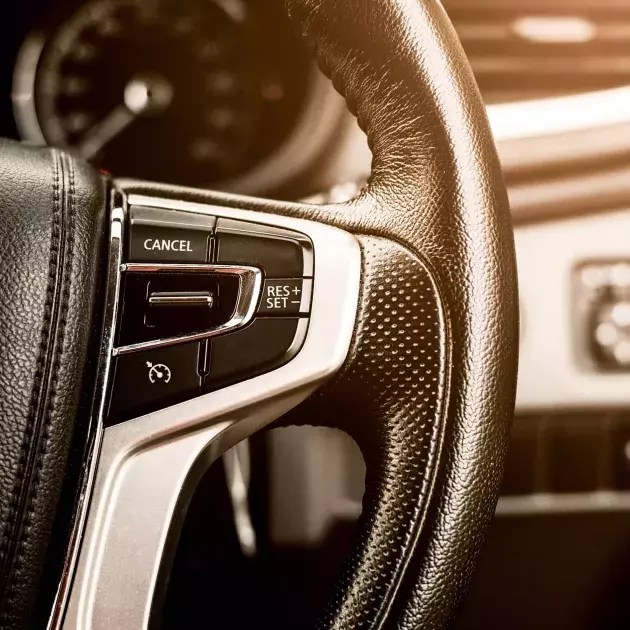Driver assistance systems are an active safety measure. They intervene to alert the driver to a hazard or intervene for them in order to avoid an accident. Some insurance policies offer reductions on third-party liability and/or comprehensive insurance premiums if your car has more than one of these assistance systems. Here is a list of the most common assistance systems:
- ABS: This is mandatory in all new cars. It is an anti-lock brake system to keep control of the vehicle. This enables you to change direction when braking to avoid an obstacle or other user.
- Parking sensors or automatic parking systems: Sensors and cameras warn you that another vehicle or obstacle is nearby when manoeuvring. There are systems that can negotiate a space or reverse in semi-autonomous mode. There are also systems that alert you to traffic coming from the rear or from the front when manoeuvring out of a parking space, garage or narrow street with little peripheral visibility.
Image

- Lane departure warning system (AFIL, LPW, LPWS, LPA): The car warns you if it thinks you have crossed a continuous line or left your lane. Some systems add resistance to the steering wheel or even put the car back on the right course. The steering wheel must therefore be forced to counter this intervention. This assistance system does not switch on when the indicators are being used, as these indicate that the crossing is intentional. It is also not active when the speed is less than 70 km/h, as this would not be relevant in urban driving.
- Traction control (ASR): This is the electronic traction control system to prevent slipping or skidding when starting. It is also used to limit the loss of grip during acceleration.
- Emergency brake assist (AFU, EBA, BAS, DBC): Ensures that when faced with an obstacle, vehicle or user, the car automatically slows down or starts braking to save you time. Some systems can even brake to a complete stop. Braking is often accompanied by an alert on the instrument panel or projected onto the windscreen by the head-up display. Systems are available that are able to detect pedestrians, cyclists and/or animals and game birds in addition to motor vehicles.
Image

- Electronic stability program (ESP): This is mandatory in new cars and is a system that affects the power transmitted to the wheels to avoid loss of control and keep the car on the right track.
- Adaptive cruise control (ACC): This not only blocks a speed at which the car will drive, but slows down to maintain a safe distance when following a slower vehicle. Afterwards, re-acceleration to the programmed speed will be automatic. Some systems follow the speed limits from signs or the GPS database. Consider setting the safety and response margin to suit your preferences.
- Blind spot monitoring with warning device (BSI, BSM, BLIS): This system uses an orange or red flashing light in the rear-view mirror or on the windscreen pillar to alert you to the presence of a vehicle or a user in the blind spot when the flashing light is activated. Some systems will even stiffen the steering wheel to avoid changing lanes.
P - WYSIWYG - Alignment Left




